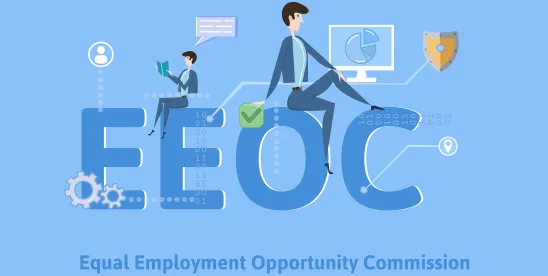The final guidance addresses key updates in harassment law, including the US Supreme Court’s decision in Bostock v. Clayton Cty. (in which the Supreme Court held that Title VII’s prohibition on discrimination “because of sex” includes discrimination on the basis of sexual orientation and gender identity), the #MeToo movement, and the continuation of remote work and online harassment.
As discussed in our prior alert on this issue, in 2017, the EEOC’s proposed updated harassment guidance was published but never finalized. As such, the current head of the EEOC, Charlotte Burrows, made clear that finalizing the publication was a priority under the current administration. Burrows has explained that “civil rights is not and should never be a partisan issue, it is a core American value for all of us.” The EEOC published revised draft guidance in September 2023 and received almost 40,000 comments during the public comment period. The final guidance comes almost 25 years after the EEOC last published guidance on this topic and replaces five prior guidance documents issued by the EEOC between 1987 and 1999.
Notable Takeaways from the Final Guidance
- Title VII can be triggered by intrusive questions about someone’s sexual orientation, gender identity, gender transition, or intimate body parts.
- Harassment of LGBTQ+ workers – particularly transgender employees – can be considered a Title VII violation. Examples of harassment could include the denial of access to a bathroom consistent with the individual’s gender identity, the intentional and repeated misgendering of an individual, or the harassment of an individual because they do not present in a manner stereotypically associated with their gender.
- The definition of sexual harassment has been broadened to include harassment based on pregnancy, childbirth, and other related medical conditions, including issues such as lactation, the use of contraceptives, or decisions related to abortions.
- Intersectional harassment is harassment based on more than one protected characteristic of an employee (for example, harassment based on both race and age).
- With increasingly remote work environments, employers are reminded that harassment also occurs through online communication platforms and systems. “This can include, for instance, sexist comments made during a video meeting, ageist or ableist comments typed in a group chat, racist imagery that is visible in an employee's workspace while the employee participates in a video meeting, or sexual comments made during a video meeting about a bed being near an employee in the video image.”
While the guidance does not have the effect of binding law, it will serve as a resource for the EEOC and other agencies that adjudicate or litigate harassment claims, as well as for courts deciding harassment issues. This formal guidance (and, particularly, the 77 “Examples” contained within, providing practitioners and employers with practical advice on most of the topics covered in the guidance) is also useful for employers to understand how the EEOC interprets and applies anti-harassment principles. It is always best practice to stay up to date on issued guidance and to review and update policies accordingly.




 />i
/>i

